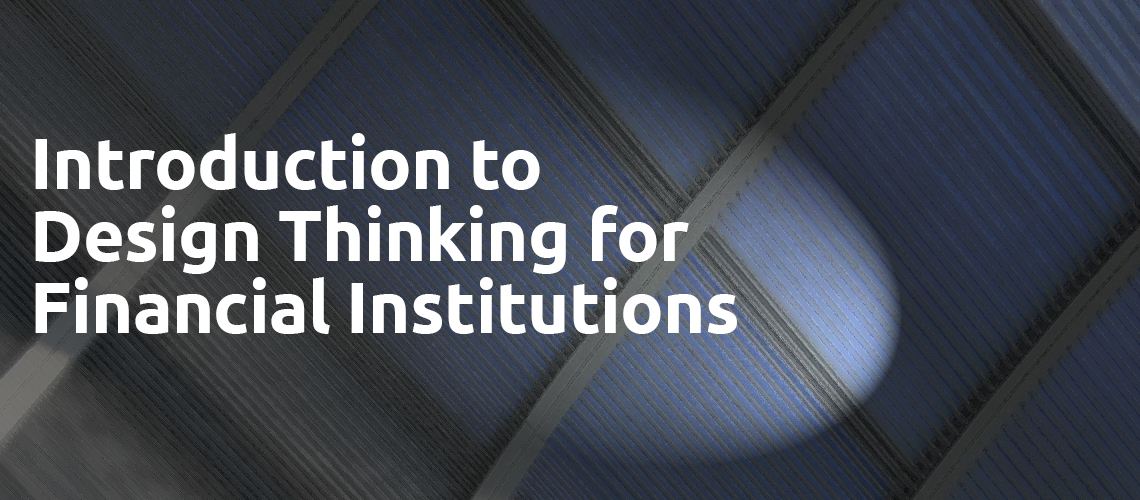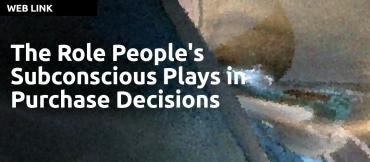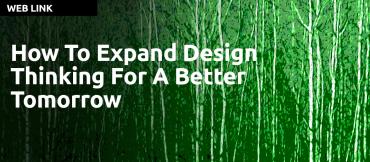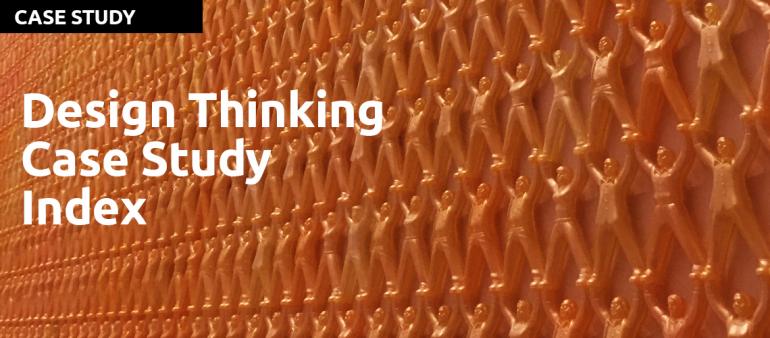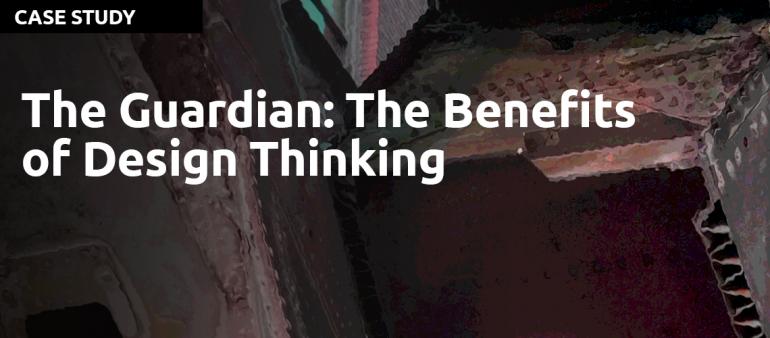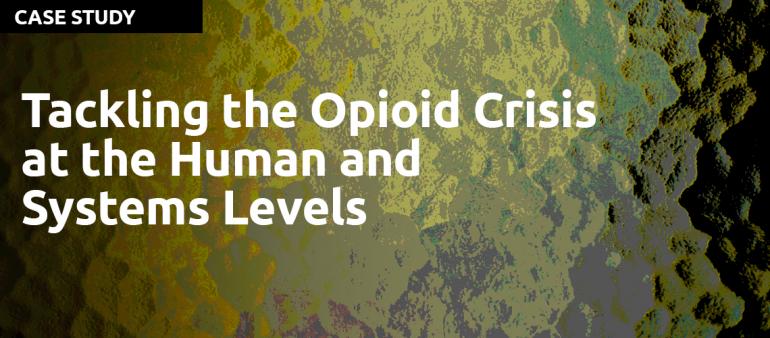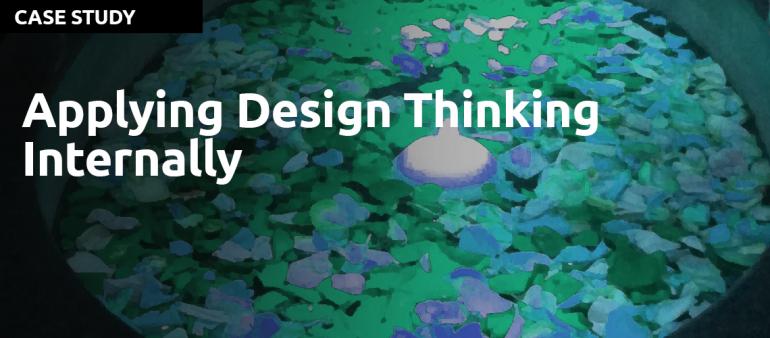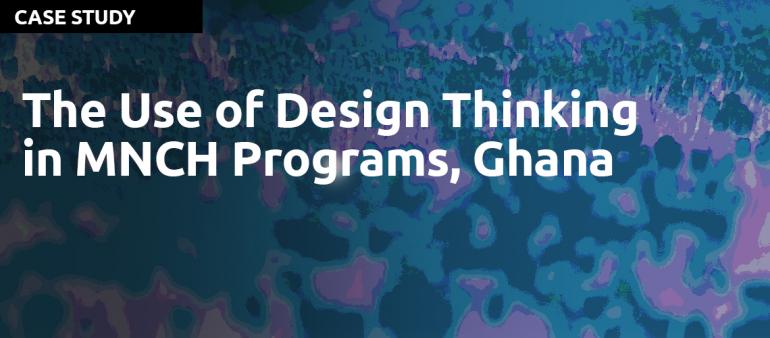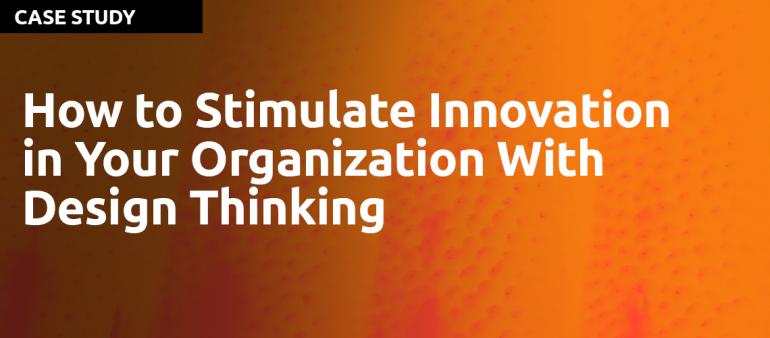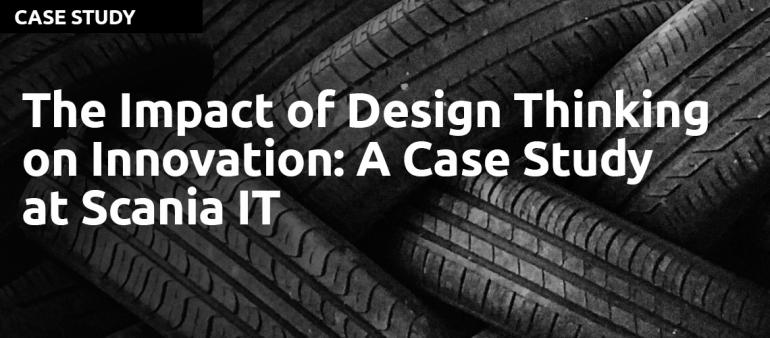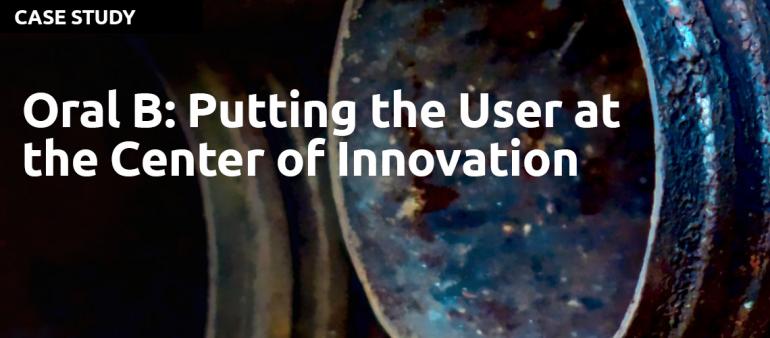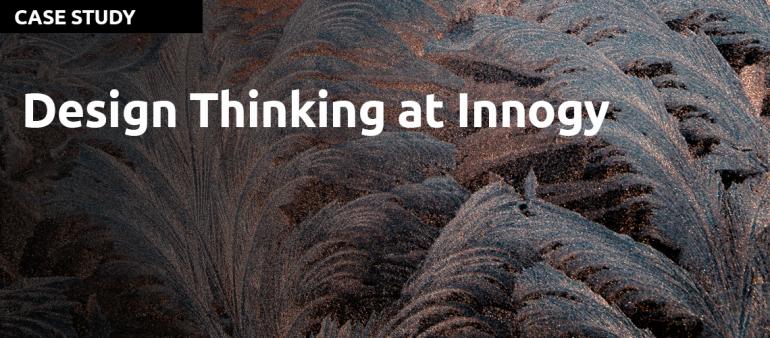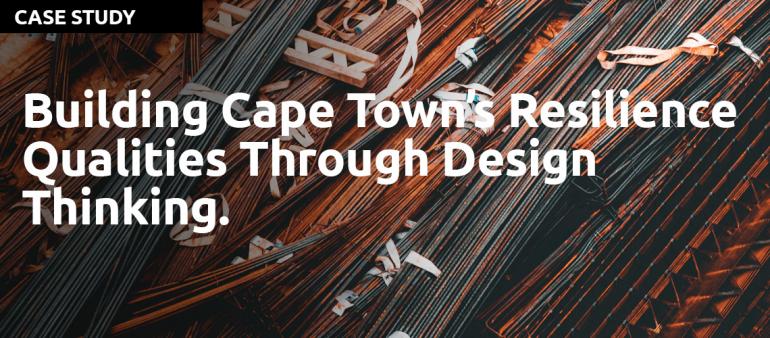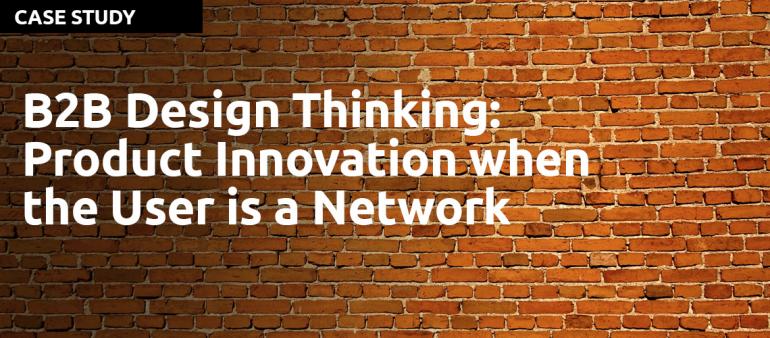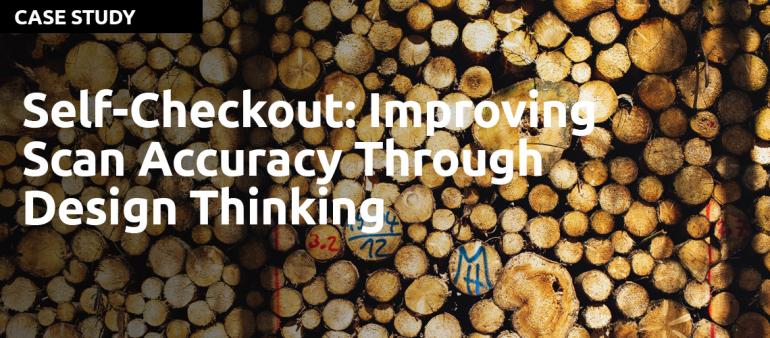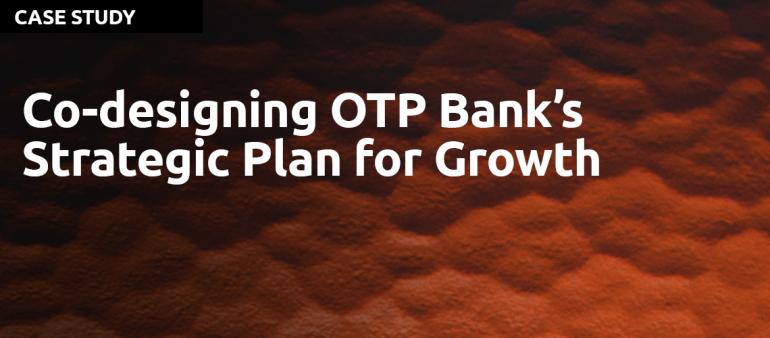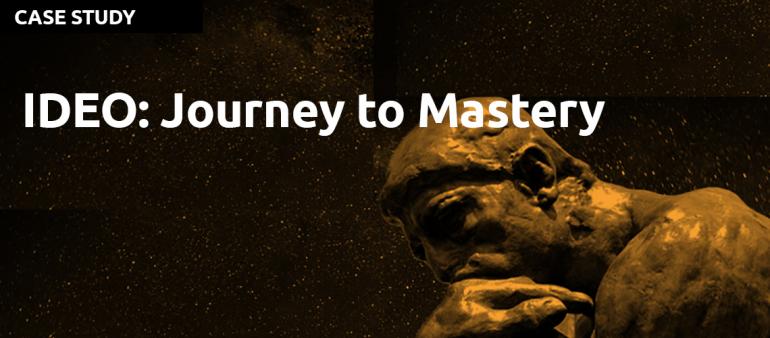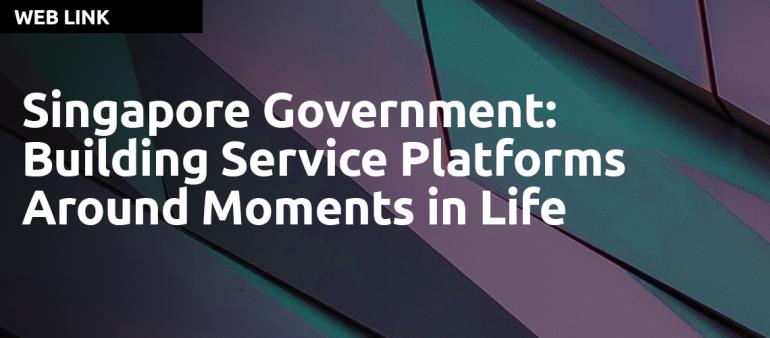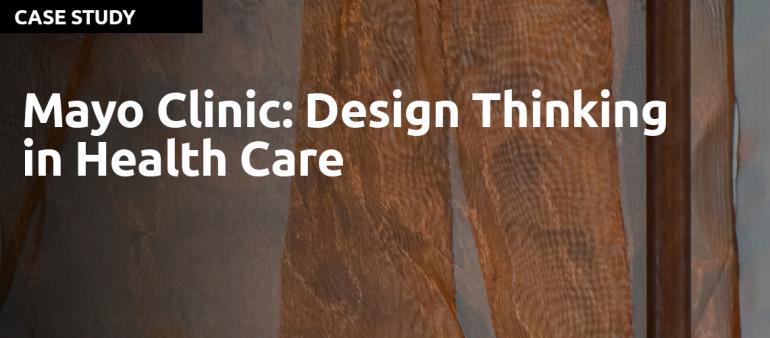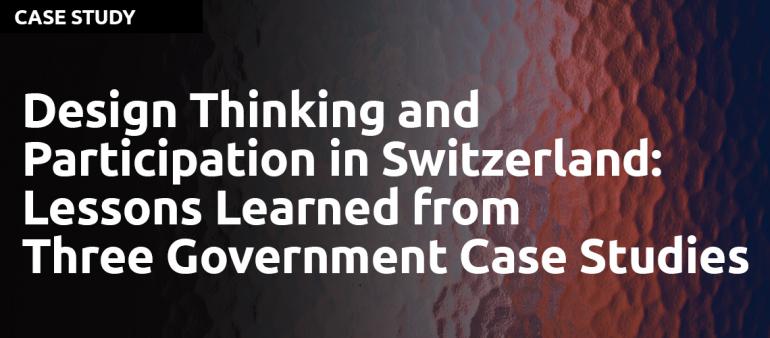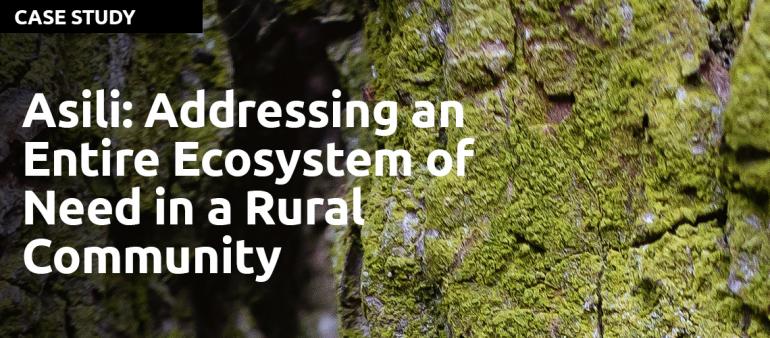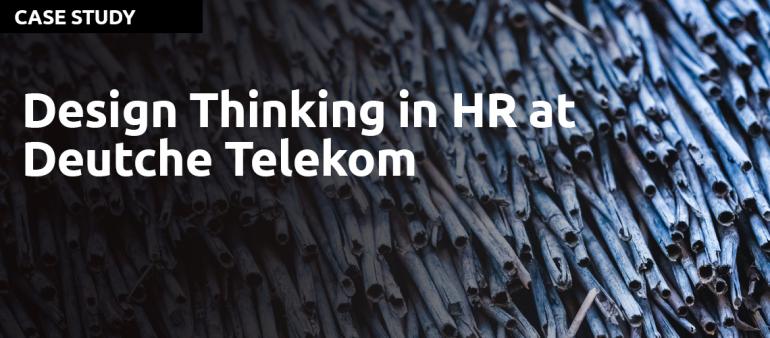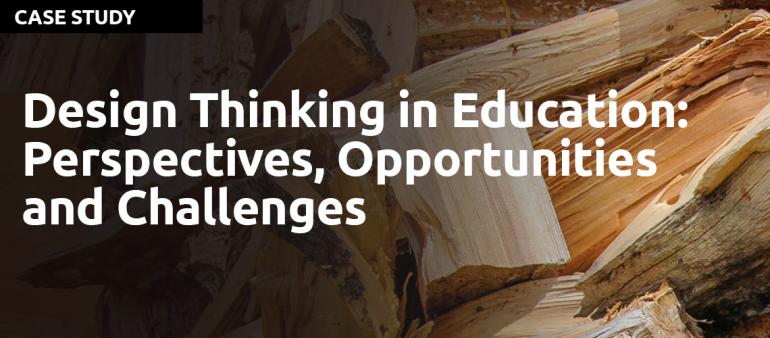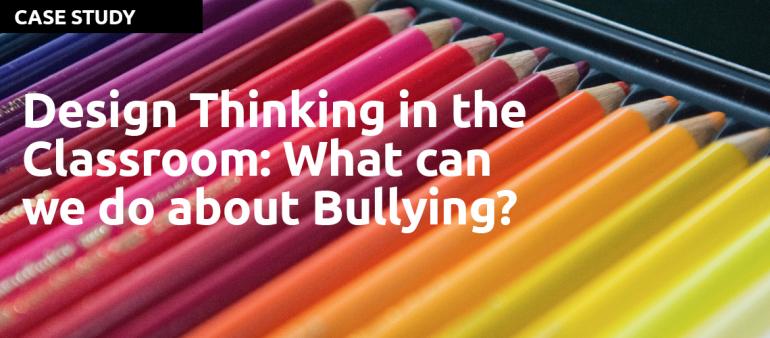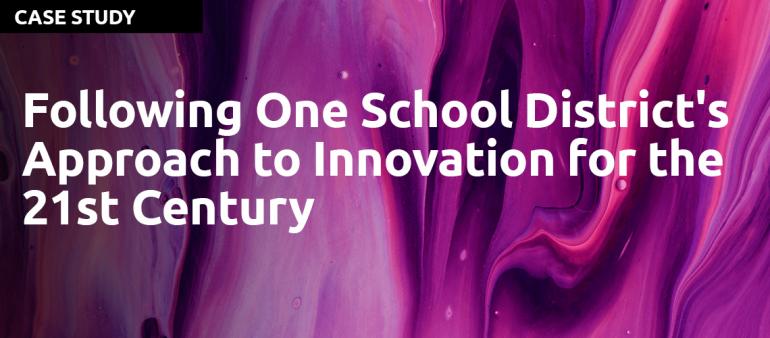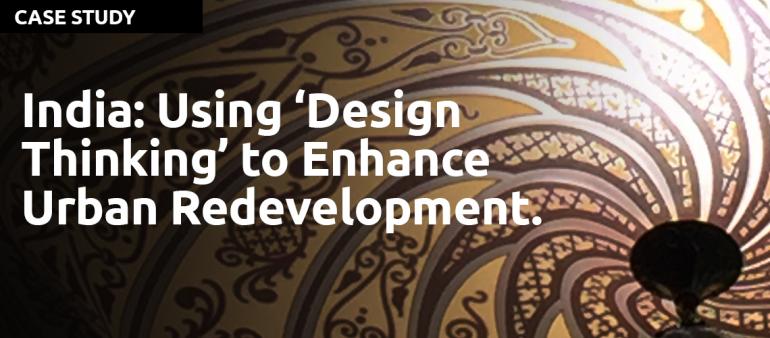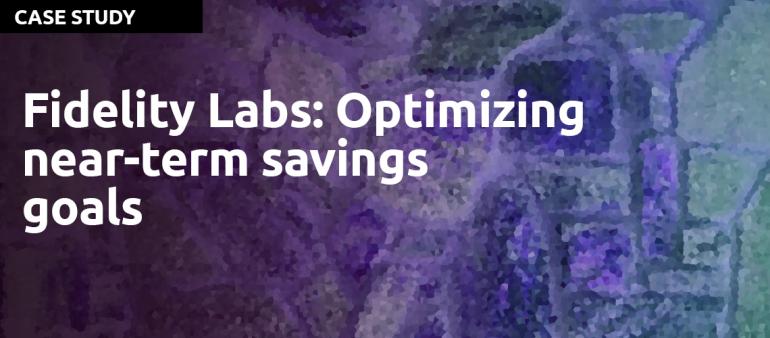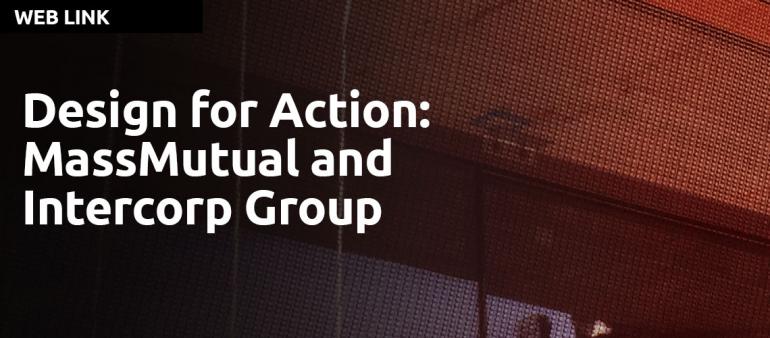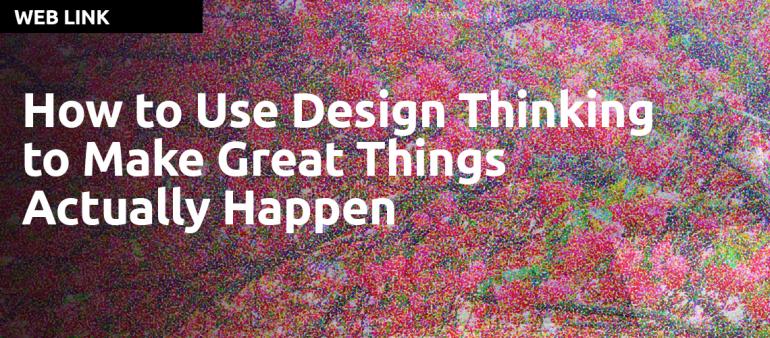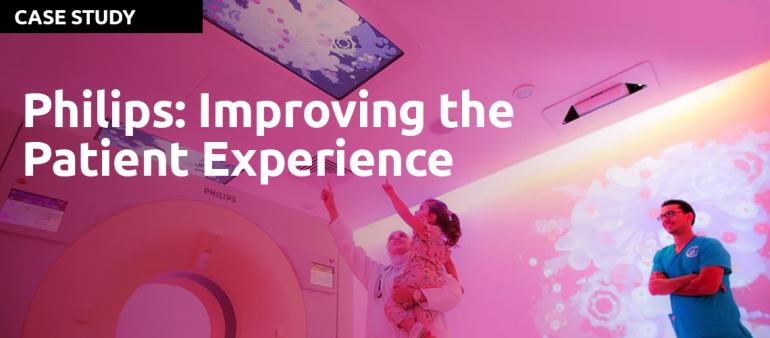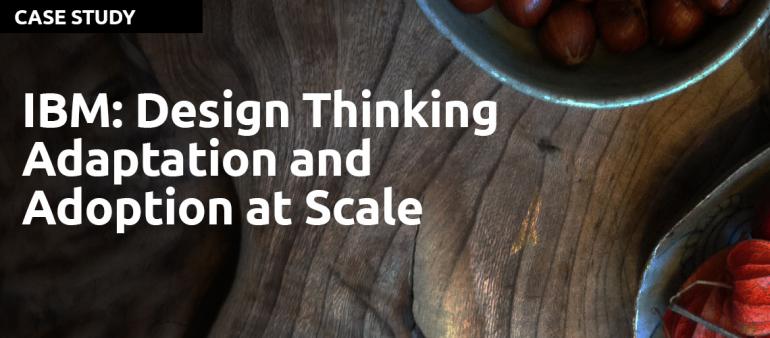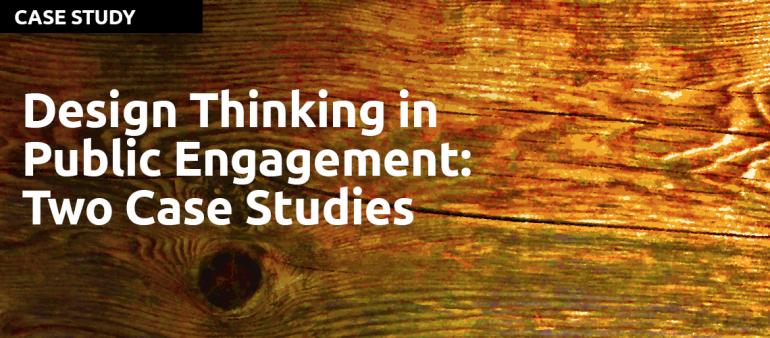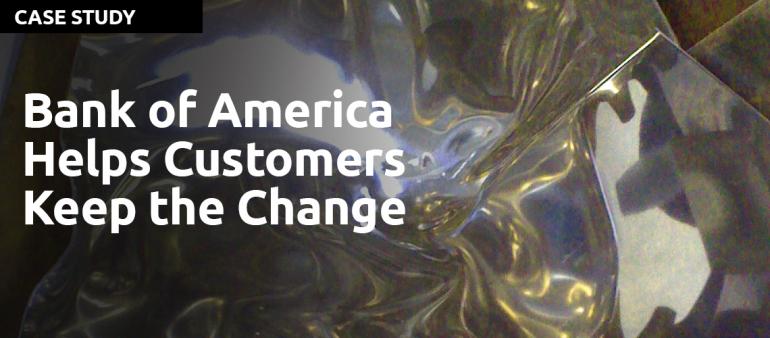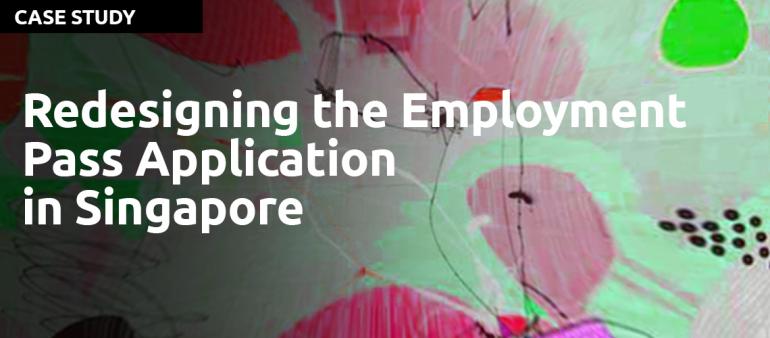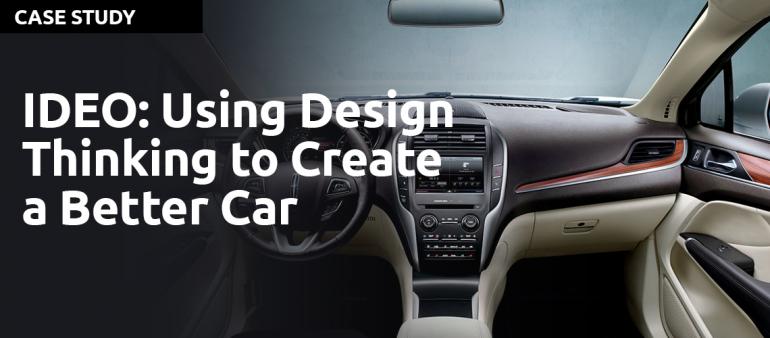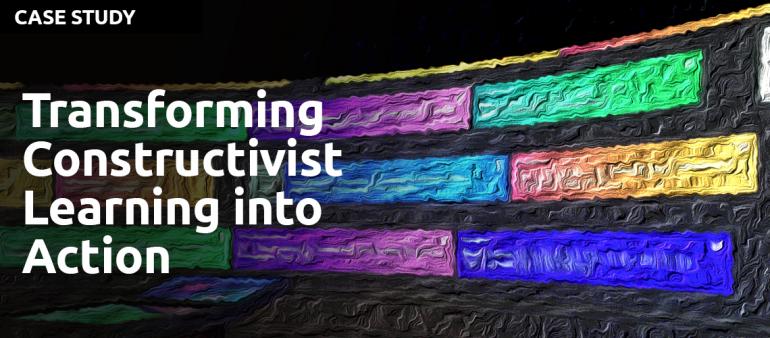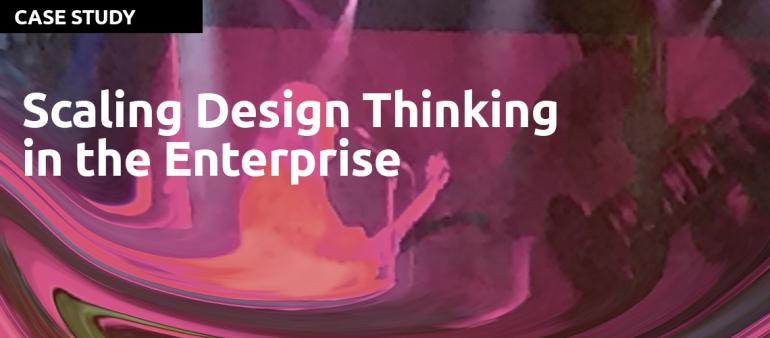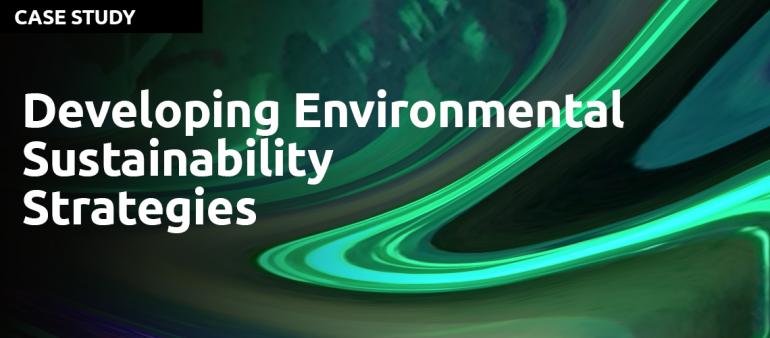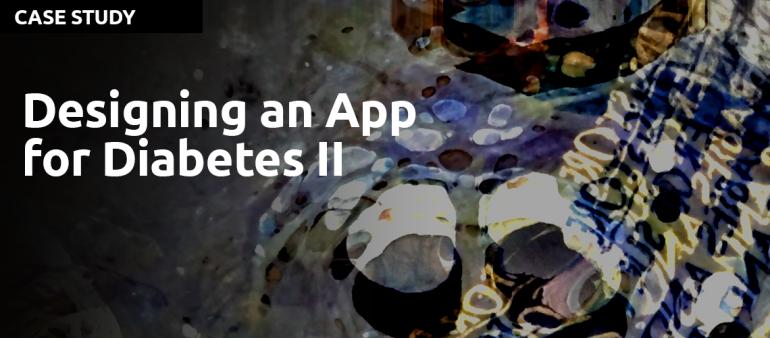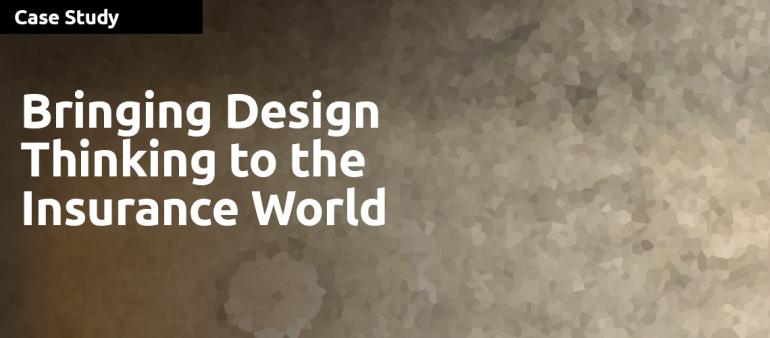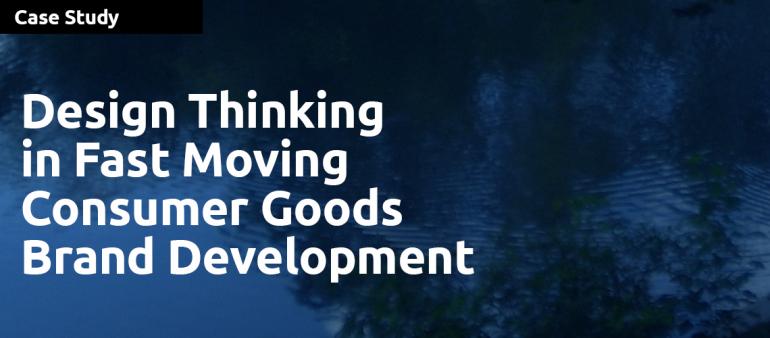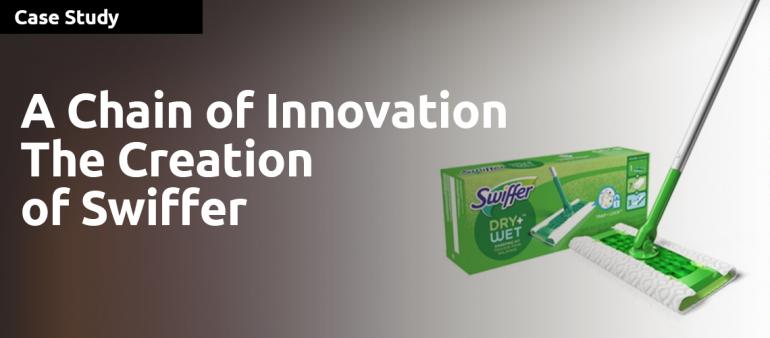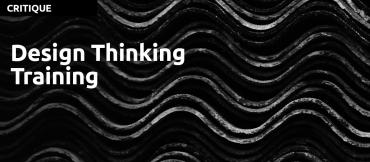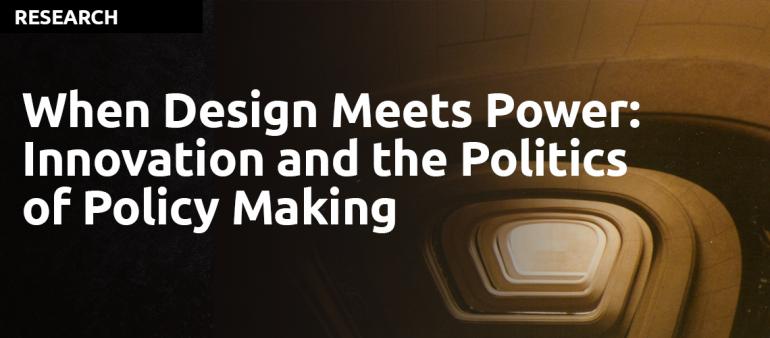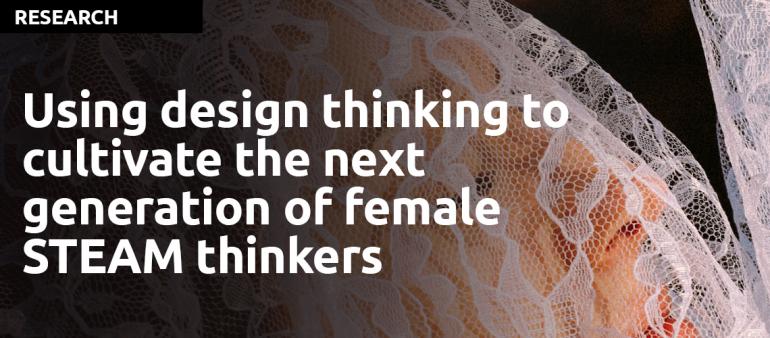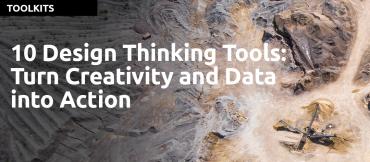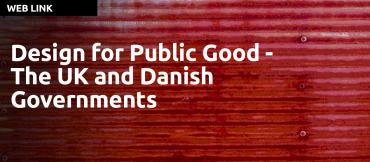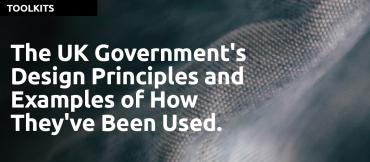
Design Thinking has found many applications in the finance sector within financial institutions. It should not come as a surprise as financial institutions, like any other businesses, have to focus on the customer and their needs in order to succeed.
In order to uncover the latent needs of people, it is necessary to understand the role of our subconscious in decision making.


Welcome to the Design Thinking Case Study Index. There are many Design Thinking Case Studies on the internet. Many are retrofitted descriptions of what occurred, rather than evidence of the Design Thinking process in action. In order to bring a higher standard to the practice of Design Thinking, we require stronger evidence and rigor.
Design thinking helped The Guardian newspaper and publishing group change their funding model, boost revenue and adapt their culture and engage on an emotional level with their readers. In this case study, Alex Breuer, Executive Creative Director and Tara Herman, Executive Editor, Design explain how design thinking was able to achieve these goals for The Guardian.
Applying Design Thinking internally, within a group, community or to ourselves. This is a new application of the Design Thinking Methodology.
Responding to growing interest among designers, global health practitioners, and funders in understanding the potential benefits of applying design thinking methods and tools to solving complex social problems, the Innovations for Maternal, Newborn, and Child Health (MNCH) Initiative (Innovations) developed and piloted innovative interventions to address common barriers to improving the effecti
In 2017, employees, managers, and partners of Société Générale Global Solution Centre agreed that invoices based on time tracking and project allocation were a chronic and painful challenge.
In this use case the cities of Aalborg and Rotterdam share their findings obtained from design thinking initiatives. This is based on empirical research as part of an evaluation. The use case is written for other professionals in the field of design in public organizations.
Organizational culture represents a crucial factor for the introduction of innovation throughout the organization via Design Thinking and agile way of working. Thus, the organization must establish a culture that encompasses a shared vision with values that create a commitment to learn, experiment and accept failure.
Oral B wanted to integrate digital technology into their electric toothbrush. The Brands first thoughts were to help users to track how well they were brushing their teeth. Future Facility, a product design firm in the UK suggested a different approach. Focus on the pain points of electric toothbrush users.
eCarSharing: Energy Solutions for the New Generation
In 2015, Itai Ben-Jacob pitched his own ideas for a viable business model and developed the idea for innogy’s eCarSharing project in a design thinking workshop. His goal was to explore one of innogy’s innovation focus areas, ‘urban mobility.’
This case study focuses on a Design Thinking Workshop for primary school learners. The aim of the workshops was to provide learners with a new set of skills which they can employ when problem solving for real world challenges.
The average American wastes enough food each month to feed another person for 19 days. Through a number of projects with The Rockefeller Foundation and other organizations, IDEO designers from across the U.S. devised novel ways to tackle food waste.
When B2B companies talk about user experience, they are really considering the aggregated needs of multiple people and roles in a large ecosystem. But what happens when those objectives are vastly different for every individual?
“Humans don’t stop being humans just because they entered an office building.”
In this unique applied research study, academics and designers partnered with four of ECR’s Retailer members to immerse themselves in the self-checkout experience, understanding from the perspectives of the shopper and self-checkout supervisors, their journey from entry to exit, and their design challenges and frustrations.
This is an example of accelerating a transformation through co-design. Eighty-two professionals gathered, representing OTP’s whole organization. Together, they were able to achieve months of work in just three days.
While this is not a case study as such, it sits in our case study section as it is an important piece of information from a consultancy that played a large part in popularizing Design Thinking. In their Journey to Mastery section, IDEO discuss and shine a light on the shortcomings of the design thinking term and how it has been applied.
In 2017, the product development team at Singapore’s Government Technology Agency (GovTech) was tasked to develop a tool to consolidate citizen-facing services previously delivered by different government agencies onto a single platform.
In the early 2000s, Mayo Clinic physician Nicholas LaRusso asked himself a question: if we can test new drugs in clinical trials, can we in a similarly rigorous way test new kinds of doctor-patient interactions?
Olivier Glassey, Jean-Henry Morin, Patrick Genoud, Giorgio Pauletto
This paper examines how design thinking and serious game approaches can be used to support participation.
In these case studies the authors discovered the following results.
Reza Moussavian, a senior HR and IT executive at Deutsch Telekom explains the company's journey and how important Design Thinking is as a business strategy for HR. Reza Moussavian's presentation provides great examples of issues tackled in HR and the results achieved.
This very informative article discusses design thinking as a process and mindset for collaboratively finding solutions for wicked problems in a variety of educational settings.
As children move from kindergarten, through middle school, and to high school, instruction shifts from stories to facts, from speculation to specifics, and imagination fades from focus.
In her doctoral paper Loraine Rossi de Campos explores the use of Design Thinking in a school district for a 4-5 grade school.
The discourse on urban planning and development has evolved over the last century with top-down methods of planning urban spaces giving way to bottom-up approaches that involve residents and other stakeholders in the design process.
Why the Financial Services Sector Should Embrace Design Thinking. Financial institutions need to evolve rapidly or risk disruption at the hands of nimble Fintech start-up companies.
In this article Kunal Vaed, The Street, describes how E*Trade used design thinking to enable the company to help investors get smarter by going from the idea of investing to an investment in 5 minutes.
Thanks to providers like Fidelity, people can rely on easy, convenient systems to stay on track with their retirement savings. But when it comes to saving for important near-term goals (think: vacation, house, or wedding), people tend to be less organized.
How to use design thinking to make great things actually happen by Tim Brown and Roger L. Martin. In this great HBR article, the authors look at design thinking in Finance with two case studies, one from MassMutual and the other from Intercorp. Group of Peru.
Ever since it became clear that smart design led to the success of many products, companies have been employing it in other areas, from customer experiences, to strategy, to business ecosystems. But as design is used in increasingly complex contexts, a new hurdle has emerged: gaining acceptance (for the new solutions).
The 4 case studies by Penn Nursing illustrate how nurses can be really powerful collaborators and generators of solutions within Healthcare. The videos describe the main attributes that nurses bring to the problem solving table
Philips Ambient Experience service offers hospitals a way to radically improve the patient experience and results that they can achieve from their CT scanning suites.
How IBM made sense of ‘generic design thinking’ for tens of thousands of people.
Dave Robertson presents two case studies with the British Columbia Government (Canada). One with the Ministry of Transportation discussing their (public servant centered website), the other solving the problem of finding a solution to where to place a power substation.
How do you encourage new customers to open bank accounts? In 2004, Bank of America used the Design Thinking methodology to look at the problem from a human centered perspective when they assigned design agency IDEO to boost their enrollment numbers: a problem that at the time, lacked any user perspective on why it was so hard for customers to save.
The Ministry of Manpower’s Work Pass Division (WPD) used design thinking as a tool to develop better ways to support foreigners who choose Singapore as a destination to live, work and set up businesses. The case reveals: Design thinking can potentially transform the perception and meaning of public service.
This case concerns one of the earliest attempts by design thinkers at designing a large, complex system. It shows that design approaches in the public sector can look back at a long history. And it reveals how design thinking within the organization must include members of the whole organization in the design process.
Between 2004 and 2014, more than 4000 butcher shops were forced to shut down in Germany. When last was the butcher shop redesigned? The process started in the 1990s, as supermarkets became the favored spot for meat-shopping. As if a dramatic loss of market share was not enough, the industry as a whole started suffering from a serious image crisis.
THE CHALLENGE
Remove roadblocks that can compromise the in-car experience for the Lincoln car company.
IMPACT
The final product, the Lincoln MKC luxury crossover, is credited with helping the Lincoln brand outpace growth in the luxury segment by more than two-to-one over competitors.
In an ever changing society of the 21st century, there is a demand to equip students with meta competences going beyond cognitive knowledge.
During Julie Baher's five years at Citrix between 2010 to 2015, she was fortunate to gain first-hand experience leading a transformation in product strategy to a customer-centered approach.
Developing environmental sustainability strategies, the Double Diamond method of LCA and design thinking: a case study from aged care. Journal of Cleaner Production, 85, 67-82. Stephen J. Clune*, Simon Lockrey.
Development and testing of a mobile application to support diabetes self-management for people with newly diagnosed type 2 diabetes: a design thinking case study. Numerous mobile applications have been developed to support diabetes-self-management. However, the majority of these applications lack a theoretical foundation and the involvement of people with diabetes during development.
In this case study the project leaders goal was to improve the experience of bus users on Madrid's EMT system by offering a technological solution to increase the users’ satisfaction with regard to accessibility during the bus trip as well as when waiting for the bus to arrive.
Read more...
To some fintechs, non-insurance incumbents, and venture capitalists, the industry’s challenges suggest opportunity. The life insurance value chain is increasingly losing share to these players, who are chipping away at the profit pool.
How might incumbent life insurers keep pace in today’s fast-moving competitive environment and meet customers’ changing needs?
Pancentric helped Jelf kick-off a several-year digital transformation journey by getting to know not just their customers better, but their own staff, too. Jelf has dozens of offices around the UK, all with specialties in insuring different kinds of commercial businesses.
This paper investigates what features of design thinking are employed in FMCG brand development via stakeholder interviews in three domains: agencies, companies, and retailers. This paper concludes with suggestions of how design thinking can be embraced in FMCG brand development.
This is a great case study that underlines the complexity of bringing game changing products to market. It helps to provide an understanding of just how much more is needed that a simple five step process of idea generation.
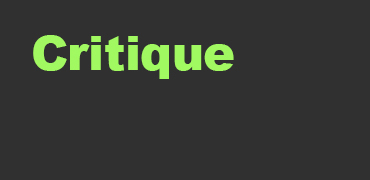
Design thinking training has become increasingly popular in recent years, with businesses and organizations around the world looking to develop their innovation and problem-solving capabilities. While design thinking can be a powerful tool for creativity and innovation, there are also some potential pitfalls and limitations to its use.
Design thinking has emerged as one of the most popular frameworks for creative problem-solving. It has been used by businesses, startups, and non-profits around the world to develop innovative solutions to complex challenges. As a result, the demand for design thinking certification has increased significantly.
Understanding what has been missed in translation.
Method design experimentation can be wonderful and what we find often missing from this particular exploration is any kind of meaningful historical context. To coin a popular knowledge management community phrase; it seems that often the Double Diamond experimenters do not know what they don’t know in terms of methods history.

Responding to the need for innovation, governments have begun experimenting with ‘design thinking’ approaches to reframe policy issues and generate and test new policy solutions.
This study shows that a short, 3-day intervention can make a positive impact on young female youths’ perceptions of STEM, pro-social attitudes, creative confidence, and career pathways. It does this by creating a “hook” or stimulating interest among youths to have a more favorable opinion about working in STEM.
The Department of Homeland Security’s Science and Technology Directorate (DHS S&T) requires a consistent yet flexible approach to address wicked problems. A design-thinking methodology holds promise, as its tenets align with the diversity and complexity inherent within the homeland security environment.
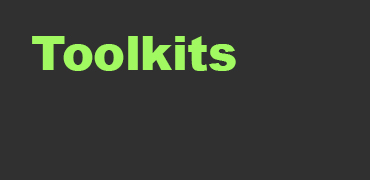
10 Design Thinking Tools describes tools that managers can use to identify and execute opportunities for growth and innovation. Discussed in this article are tools such as: visualization, journey mapping, value chain analysis, mind mapping, rapid concept development, assumption testing, rapid prototyping, customer co-creation, learning launches and storytelling.
The UK government fully appreciates the role of design as a driver of economic growth...Design is a source of competitive advantage and can help organizations transform their performance. That is why design forms an integral part of the Government’s plans for innovation and growth.
This is an incredible set of guiding principles for government services design for anyone involved in government work anywhere in the world. Does your government have a set of published guidelines on how to design services?

